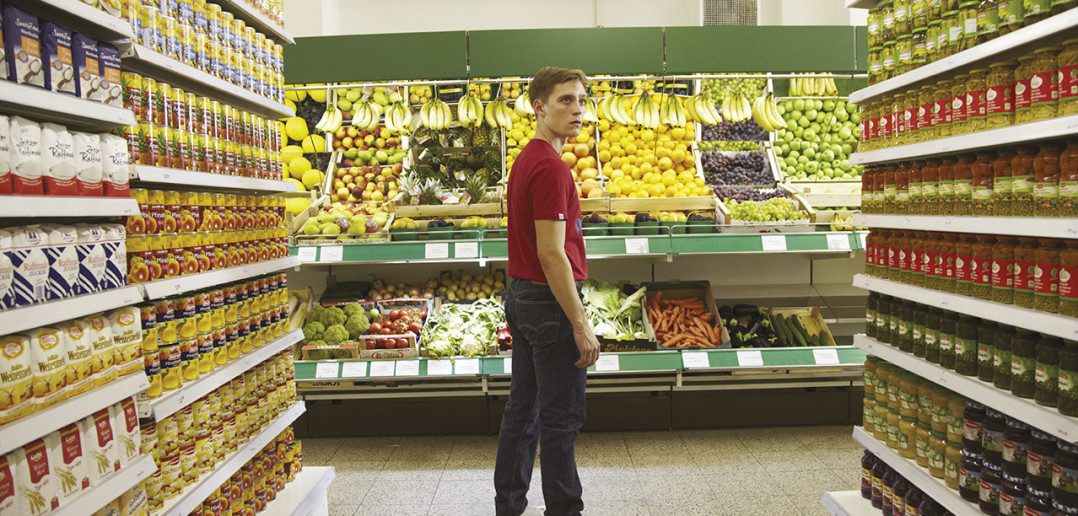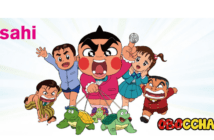As MIPCOM’s Into The Stream conference sessions will explore, there’s no question that the surging popularity of the OTT services is bringing pressure to bear on the traditional broadcast model. But this is a cloud with a definite silver lining, writes The MIPCOM Preview’s Juliana Koranteng.
FremantleMedia International (FMI), Lionsgate and Sony Pictures Television (SPT) are among the growing number of content creators and distributors that are welcoming the highly disruptive but fast growing internet-delivered over-the-top (OTT) TV entertainment.
Jens Richter, FMI’s CEO, believes OTT technology’s ability to open new subscription-funded video-on-demand (SVOD) businesses in the estimated $290bn global TV market is spurring rights-owners to be more inventive in how they license their intellectual properties.
“We embrace the new client base and new exploitation windows,” he says. “You have to try and reinvent yourself all the time. So, for us, the big challenge is how we build brands in the fragmented [media]future. To stand out, we need to be very original and loud. We need to be on our toes, because a hit or a miss now takes place faster compared to the old days.”
FMI’s international OTT SVOD portfolio includes The Returned, FremantleMedia North America’s adaptation of the French supernatural thrillers Les Revenants as an original international Netflix series. This follows a multi-year VOD agreement to supply content to Youku Tudou, China’s leading video-sharing platform, which includes 200 million mobile subscribers among its viewers.
The OTT platforms are also opening up new opportunities for testing maverick or niche concepts. Richter is adamant that the recent success of the German-language event drama Generation War on Netflix influenced pay-TV service Sundance TV’s decision to screen Deutschland 83, the first-ever German-language drama series to air on a major US network (top photo).
Furthermore, the live binge-viewing phenomenon kick-started by House Of Cards on Netflix is influencing how the linear networks schedule their programmes. “When they air entertainment during primetime, they do something that’s an event and live — something viewers feel they have to see now,” he says.
This view is supported by a comment made in the most recent Outlook report by accountancy conglomerate PwC: “One of the clearest shifts is in TV and video consumption, with consumers increasingly demanding high-quality original programming in a flexible, on-demand manner across numerous devices, thus enabling ‘binge viewing’ and greater convenience. OTT services offer the best outlet for this type of consumption.”
Thomas Hughes, Lionsgate’s executive vice-president of worldwide digital distribution, sees the SVOD streaming platforms as a welcome addition. “We benefit whenever new players emerge with big appetites for content,” Hughes says. “The new digital platforms continue to expand our universe of buyers and create price competition for our product in markets where little or no competition previously existed.”
And business is booming, Hughes reports: “Last year, we distributed nearly 2,000 hours of programming around the world — nearly five times as much as we distributed a few years ago. No matter who wins [in the pay-TV race], they will need the kind of premium content that Lionsgate produces.”
Streaming platforms are boosting the overall pay-TV market, says Andy Kaplan, SPT’s president of worldwide networks. “Many consumers using these streaming platforms are supplementing their existing pay-TV service rather than replacing it,” he says. “It’s an opportunity for people to come into shows in later seasons where that opportunity was more limited in the past.”
The new streaming services are also luring big entertainment names into arenas that never existed in the linear-TV space, offers Eric Berger, SPT’s executive vice-president of digital networks and general manager of the SPT-owned AVOD platform Crackle. Available in 21 countries, Crackle is already famous for Comedians In Cars Getting Coffee, the entertainment show executive produced and starring Jerry Seinfeld. The show is now in its sixth season.
Meanwhile, Hollywood stars Dennis Quaid, Kate Bosworth and Cary Elwes star in Crackle’s first one-hour drama series, The Art Of More (which will be screened at MIPCOM 2015 for the first time). Among the platform’s new slate of movies is Joe Dirt 2: Beautiful Loser, which stars US actor/comedian David Spade.
For Berger, the streaming VOD format also enables content producers to target demographics in sophisticated ways never considered before. “The majority of Crackle viewers are young adults in the prime of building their careers,” he says. “We’ve identified this demo as ‘rechargers’, who frequently stream movies and TV shows to recharge after a busy day.”
The SVOD network operators are growing competitive about what they can do for content-owners. Already in some 60 countries, Netflix has ambitions to be in almost 200 by next year’s end. It has publicly declared that it plans to spend $600m on marketing its brands, $500m on technology development and $3bn-plus on content in 2015 alone.
The company and its CEO Reed Hastings are blatant about why OTT works. The Netflix Long Term View statement reads: “People still watch over a billion hours a day of linear TV. But people don’t love the linear-TV experience. While still popular, the linear-TV channel is ripe for replacement.”
Sling TV, the OTT service recently launched by US satellite TV giant Dish, wants to bring young audiences to its existing content suppliers. “Our target market is the younger generations who love TV but dislike the existing pay-TV model,” says CEO Roger Lynch. “Sling TV gives its programming partners access to an audience they aren’t currently reaching.”
But for that approach to be viable, Sling TV accepts that its young OTT audience will want access to other streaming services. “We see the future of television as analogous to a puzzle,” Lynch adds. “We want Sling TV to be a big, important piece of the puzzle, but we recognise it’s not the only piece. Many consumers will subscribe to several complementary OTT services to meet their entertainment needs.”
Now TV is the UK-based OTT venture launched by the Rupert Murdoch-controlled Sky, Europe’s largest pay-TV operation. The move strengthens Sky’s presence in the UK’s quad-play (TV, telephony, mobile, broadband) market. More significantly, Gidon Katz, director of Now TV, says the company is “growing the whole pay-TV market”. In the past two years, he reports that 90% of Now TV’s customers have been totally new to the service, rather than converted Sky customers. And there are also those who take both Now TV and Sky.
“But OTT also broadens the type of content we can market,” Katz adds. “It means we can put more money behind content that Sky would not normally market.”
Now TV’s growth has intensified the heated rivalry between Sky and BT Group, the UK’s largest telecoms operator, which has also been making headway in the quad-play sector, especially in mobile and pay TV via its OTT platform BT TV.
BT Group has made a £12.5bn takeover bid for EE, the UK’s largest mobile operator, as part of its mission to boost its multiplatform credentials for BT TV. While Sky has become the UK’s second largest broadband operator after BT, BT TV has successfully chased after some of the most coveted live and VOD rights to sports (eg, UEFA Champions League) and entertainment (dramas including Mad Men and The Walking Dead from US cable network AMC). It has also launched Europe’s first ultra-HD sports channel.
In the UK’s pay-TV space, however, BT claims that Sky’s dominance with a 64% share of the revenues is unfair and has asked Ofcom, the country’s telecoms regulator, to investigate.
John Petter, chief executive of BT’s consumer division, says: “Spending a lot of money has been necessary but insufficient against Sky, which passes the cost of its expensive rights to its customers, which is why we need the regulatory underpinning by Ofcom”.
“This is about consumers paying more than they need to,” adds former Sky executive Delia Bushell, managing director of BT TV and Sport. “And we’re asking Ofcom to look at the evidence.”
The Sky-BT TV clash is an example of the intense competition within the SVOD industry. That scenario also explains why SPT’s Crackle opted for the ad-funded VOD model. This offers viewers a free alternative to paid-for SVOD. As Crackle’s Eric Berger says: “There are only so many services consumers will be willing to pay for as they put together their own bundles. But there will always be room in people’s personal bundles for a service that delivers high-quality movies and TV for free.”
This and more in the MIPCOM 2015 Preview magazine: read the full digital edition here!




